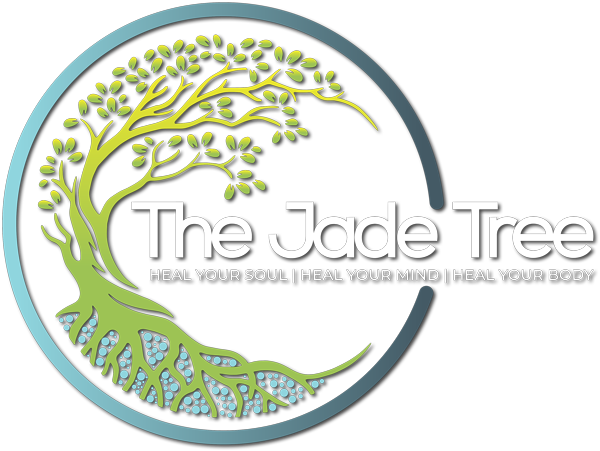
Yoga
Yoga is a Sanskrit word translated as “yoke” or “union.” To yoke means to draw together, to bind together; or to unite. Its aim is to yoke or create a union of the body, mind, soul, and universal consciousness. This process of uniting the physical, mental, emotional, and spiritual aspects of ourselves is what allows yogis to experience deep states of freedom, peace and self-realization.
Yoga started thousands of years ago in the East as a meditative practice. It has now evolved into a modern lifestyle practice which people from all walks of life can practice and receive the benefits of. Yoga is an ancient system of physical, mental and spiritual practices that have been passed down through the generations from teacher to student. Yogic practices include breathing techniques, postures, relaxation, chanting, and other meditation methods. There are many different styles of yoga, each with their own unique focus and approach to creating a unitive state.
Goals of Yoga
Yoga is a meditative process of self-discovery and liberation. The practice of Yoga allows us to transform and purify our bodies, minds, and souls. It expands our consciousness to help us connect with nature and the universe around us. It also gives us greater access to inner resources to teach us about self-awareness, acceptance, compassion, patience, gratitude, forgiveness, humility, love, peace, and joy.
The practices of Yoga
There are six main branches of traditional yoga. In each of these, the goal of unity is achieved through different yoga practices. Each of these different aspects of yoga will resonate differently with practitioners based on their disposition, skill, and ability.
These are:
- Raja (the royal path) – focuses on meditation practices
- Karma (the path of action) – focuses on action and service in daily life
- Jnana (the path of knowledge) – focuses on discriminative wisdom and self inquiry
- Bhakti (the path of devotion) – focuses on devotion to God
- Tantra (the path of ecstasy) – focuses on ritual and initiation
- Hatha (the forceful path) – focuses on energy and movement of the body
Modern Yoga in the West
In the West, the word “yoga” has come to mean a particular style called hatha yoga. This branch emphasizes postures (asanas), breathing exercises (pranayama), stress relief, relaxation, physical fitness and wellness. The focus is primarily on the physical body which differs from traditional yoga, where the focus is more inward and spiritual. There are many schools of hatha, each with its own unique style and philosophy.
A philosophy of life
Yoga isn’t just meditative exercise, it is a complete philosophy of life. It is a detailed methodology to connect with our highest truth, live with intention, and to make choices that serve our highest good. Through yoga, we come back to our true nature again and again, as we peel back layers of conditioning and habit. Each time we stand on our yoga mat or sit on a meditation cushion, we have the opportunity to discover who we truly are, and we begin to understand the true nature of the universe.
Yoga and two practices of Chinese origin—tai chi and qi gong—are sometimes called “meditative movement” practices. All three practices include both meditative elements and physical ones.
Some common poses and what they are good for:
- Strength, balance, and flexibility.
Slow movements and deep breathing increase blood flow and warm up muscles, while holding a pose can build strength.
Tree Pose
- Back pain relief.
Yoga is as good as basic stretching for easing pain and improving mobility in people with lower back pain. The American College of Physicians recommends yoga as a first-line treatment for chronic low back pain.
Cat-Cow Pose
- Arthritis
Gentle yoga has been shown to ease some of the discomfort of tender, swollen joints for people with arthritis.
- Heart Health
Regular yoga practice may reduce levels of stress and body-wide inflammation, contributing to healthier hearts. Several of the factors contributing to heart disease, including high blood pressure and excess weight, can also be addressed through yoga.
Downward Dog Pose
- Better Sleep
Consistent bedtime yoga routine can help you get in the right mindset and prepare your body to fall asleep and stay asleep.
Legs-Up-the-Wall Pose
- Energy & Brighter moods
You may feel increased mental and physical energy, a boost in alertness and enthusiasm, and fewer negative feelings after getting into a routine of practicing yoga.
- Manage stress
According to the National Institutes of Health, scientific evidence shows that yoga supports stress management, mental health, mindfulness, healthy eating, weight loss and quality sleep.
Corpse Pose (Savasana)
